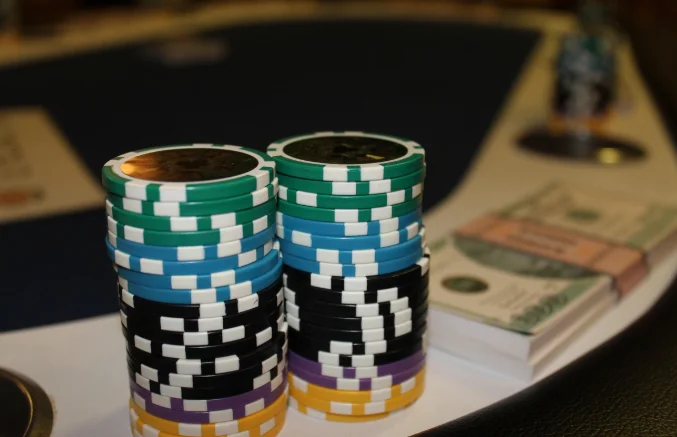When you choose an topbos77 online slot game, it’s about more than just a fun theme or flashy graphics. Two of the most important factors that can influence your playing experience and potential payouts are RTP and volatility. Understanding the difference between these two terms is crucial for any player, whether you’re a beginner or a seasoned enthusiast.
What is RTP?
RTP, or Return to Player, is a theoretical percentage of all money wagered that a slot game will pay back to players over an extended period. For example, a slot with a 96% RTP means that for every $100 wagered, the game is designed to pay out $96 in winnings over a vast number of spins.
It’s important to remember that RTP is a long-term average, not a guarantee for every session. You could win big on a single spin or go through a dry spell, but over millions of spins, the game’s payout will consistently trend toward its advertised RTP. A higher RTP is generally more favorable, as it represents a smaller house edge. Most modern online slots have an RTP of 96% or higher.
What is Volatility?
Volatility, also known as variance, measures the risk level and payout pattern of a slot game. It determines how often a game pays out and the size of those payouts. Unlike RTP, which is about the total return over time, volatility is about the “feel” of the game in the short term.
- Low Volatility Slots: These games offer more frequent, but smaller, wins. They are ideal for players with smaller budgets or those who want to extend their playtime and enjoy a steady stream of payouts.
- High Volatility Slots: These games have a less frequent payout schedule, but the wins can be much larger, including big jackpots. They are better suited for players with a larger bankroll who are willing to take on more risk for the chance of a significant payout.
The Relationship Between RTP and Volatility
It’s a common misconception that RTP and volatility are directly linked. In reality, they are separate aspects of a game’s design. A high-RTP slot can have either high or low volatility. For example, two different slot games could both have a 96% RTP, but one might be a low-volatility game with frequent, small wins, while the other could be a high-volatility game with rare but massive payouts.
How to Use This Information
Knowing a game’s RTP and volatility allows you to choose a game that fits your playing style and budget.
- If you’re a casual player who wants to enjoy a longer session with frequent, small wins, look for games with a high RTP and low volatility.
- If you’re a thrill-seeker with a bigger bankroll, you might prefer high-volatility games that offer the chance for a huge jackpot.
You can often find information on a game’s RTP and volatility in its paytable or information section. By taking a moment to check these details, you can make a more informed decision and have a more enjoyable and strategic online slot experience.


